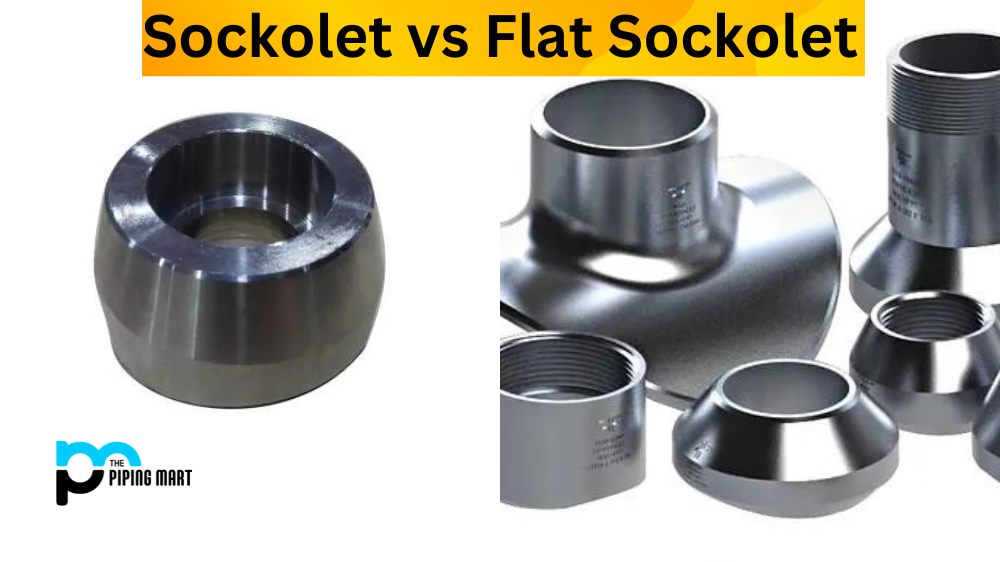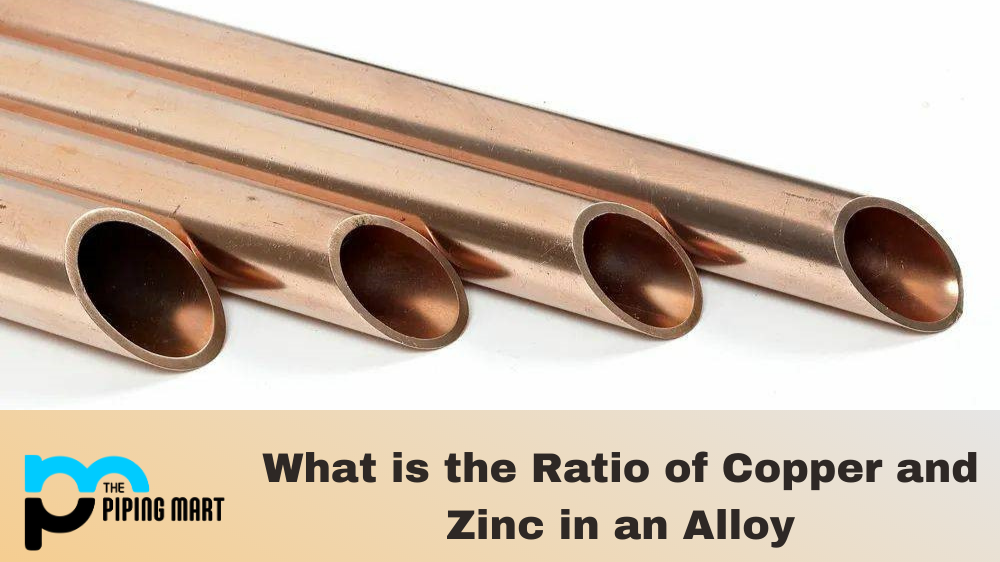One of the essential components of any piping system is the fittings that join the pipes together. However, not all fittings are created equal, and it’s crucial to understand the different types to make the right selection for your system. One such fitting is a socket, a branch connection fitting used to join pipes. There are two types of sockets – the socket and the flat socket. In this blog post, we’ll take a closer look at both types of sockets, their features, and their applications.
What is Sockolet?
A socket is a branch connection fitting connecting a pipe to a smaller branch pipe. It is designed with a socket that fits over the pipe, and the smaller branch pipe is welded to the socket. This type of fitting is used in high-pressure applications, and it’s commonly found in the oil and gas industry. Sockolets are designed with thick walls to withstand high-pressure environments and can handle various materials, including corrosive and abrasive substances.
What is Flat Sockolet?
A Flat socket is a modified version of the socket. Its design is similar to the socket’s but has a flat base on which the branch connection is mounted. This type of fitting is used when there is limited space and the standard socket cannot be accommodated. Flat Sockolets are also used when the branch connection needs to be mounted directly to a surface, such as tanks or vessels.
Difference Between Sockolet and Flat Sockolet
The difference between Sockolet and Flat Sockolet lies in their design features. Sockets are designed with a socket, and their size usually matches the pipes. The branch connection is attached to the smaller socket made from the same material. Flat Sockolets, on the other hand, have a base plate onto which the smaller branch connection is mounted. These fittings are usually made from the same material as the pipe, making them strong and durable.
Applications
Sockolets are used in various applications, primarily in high-pressure piping systems in the oil and gas industry. They’re also used in chemical, power, and other industrial settings. Flat Sockolets are used in applications with limited space and where the branch connection needs to be mounted directly onto the surface. They’re commonly used in tanks, vessels, and other similar settings.
Which One to Choose
The choice between the two types of sockets depends on the specific application’s requirements. The socket is right if you work in a high-pressure piping system or require a strong, durable fitting. If space is limited, and you need a fitting that can be mounted directly onto a surface, the flat socket is the better option. Both fittings are designed to handle a variety of materials and can withstand the harsh conditions of industrial settings.
Conclusion
Understanding the differences between Sockolet and Flat Sockolet is essential to select the right fitting for your piping system. Both fittings offer unique features and benefits and are suited for specific applications. Whether you choose the socket or flat socket, selecting a high-quality fitting that can withstand the rigours of industrial use is crucial. This blog post has provided valuable insights into sockets and flat sockets, enabling you to make a more informed decision.

Meet Bhavesh, a seasoned blogger with a wealth of knowledge and experience. From metal products manufacturing to retail, Bhavesh has a diverse background in various industries and is dedicated to sharing his insights and expertise with readers.




